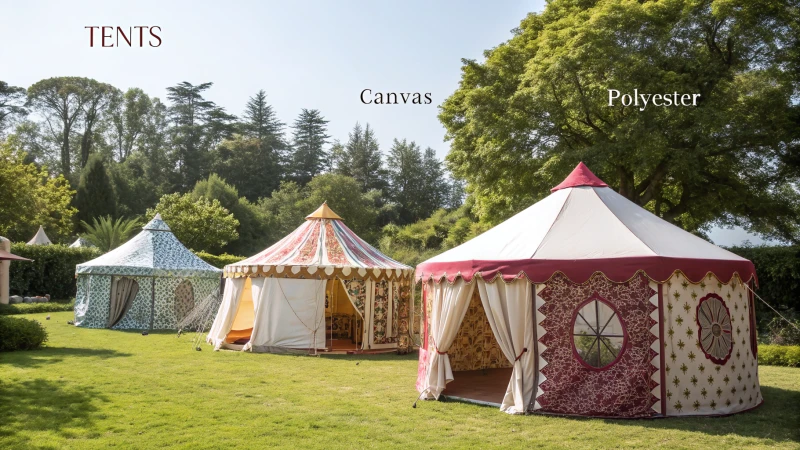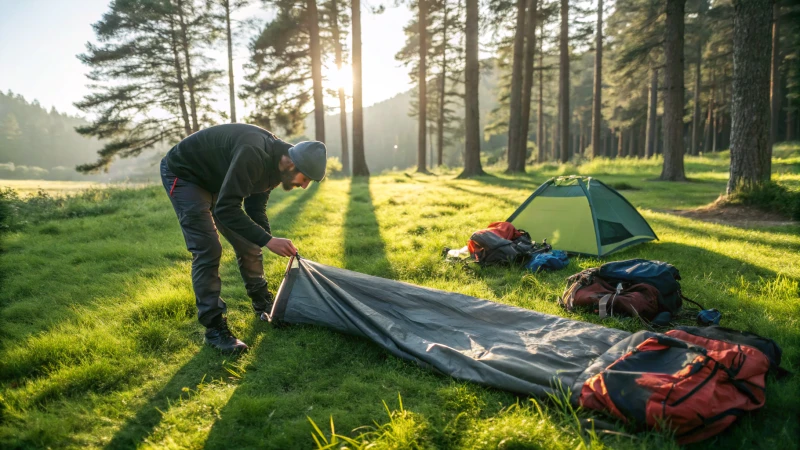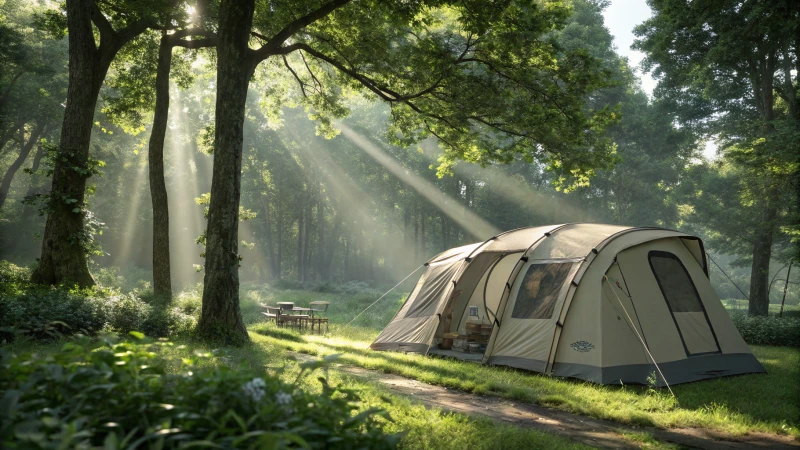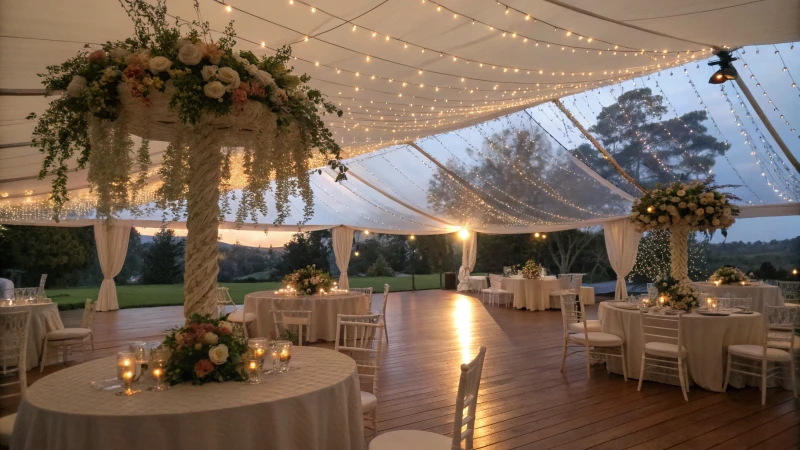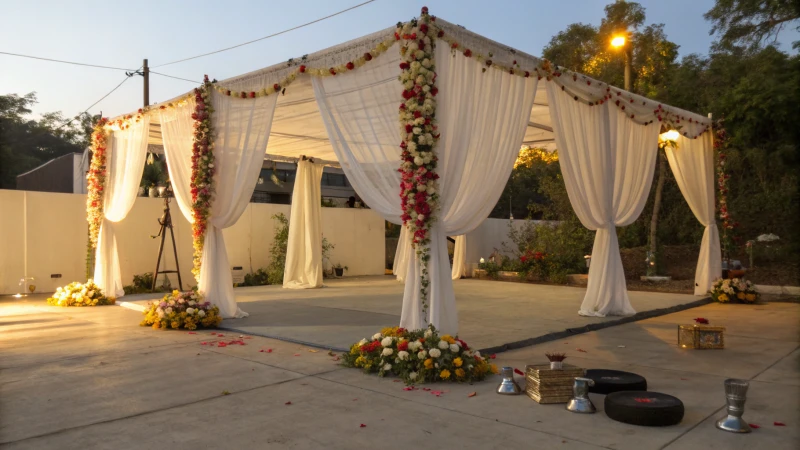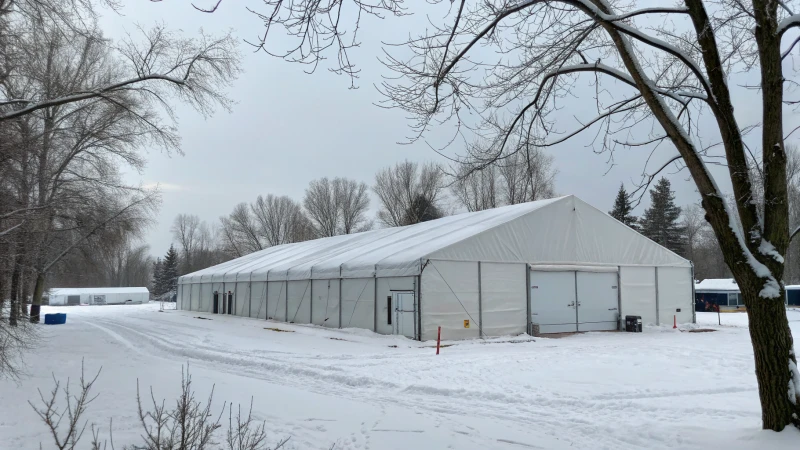
As winter’s frosty breath blankets the world, industrial tents face the harshest trials of the season. But fear not, for there are strategies to keep your tents standing strong!
To protect an industrial tent during snowy weather, regularly clear snow from the roof, add extra supports to the structure, and ensure the fabric remains taut to prevent sagging. These precautions distribute weight evenly, enhancing the tent’s resilience against winter’s harsh conditions.
Once, I faced a snowy surprise with my own tent setup. The blizzard was relentless, and I found myself outside every hour, broom in hand, brushing off the accumulating snow. This taught me the importance of preparation. Beyond just clearing snow, selecting durable materials and implementing advanced techniques like snow load bars or reinforcing the frame can make a huge difference. Consider these practices as an investment in your peace of mind during winter storms. Each step not only fortifies your tent but also ensures safety and longevity, letting you focus on what truly matters—running your events smoothly.
Removing snow from the tent roof prevents sagging.True
Regularly clearing snow avoids excess weight, preventing fabric sagging.
Using lightweight fabrics enhances tent durability in snow.False
Heavy-duty fabrics are more durable and withstand snowy conditions better.
What Are the Best Materials for Winter-Proof Tents?
I once found myself shivering in the middle of a snowstorm, realizing too late that my tent wasn’t as winter-proof as I’d hoped. Don’t make my mistake—learn the secrets to staying warm and cozy!
The best materials for winter-proof tents include high-denier polyester or nylon for durability, Gore-Tex for breathability and waterproofing, and aluminum poles for strength. These materials ensure stability and protection against harsh winter elements.

Key Fabric Considerations
I remember the first time I camped in the snow; the biting cold was relentless. It taught me the importance of choosing the right tent fabric. High-denier polyester and nylon have become my go-to because they’re tough and don’t tear easily, even when the wind tries its hardest. With the right coatings, these fabrics can handle any snowy assault, keeping everything inside dry.
| Fabric Type | Advantages |
|---|---|
| Polyester | Lightweight, UV resistant |
| Nylon | High strength, flexible |
| Gore-Tex | Breathable, waterproof |
For more on fabric choices, see fabric considerations1.
Poles and Structure
I’ll never forget that night when the wind howled like a beast outside my tent. That’s when I appreciated having aluminum poles—strong yet light enough to handle whatever Mother Nature threw my way. Unlike fiberglass poles, which can snap under pressure, aluminum gives me peace of mind in a snowstorm. Adding snow skirts to my tent setup has also been a game-changer, keeping drafts at bay.
For detailed information on this, check out tent structure benefits2.
Insulation and Breathability
I’ve learned that nothing’s worse than waking up to a tent full of condensation in freezing temperatures. Gore-Tex has saved many a night for me with its ability to let moisture out while keeping warmth in. Balancing insulation and ventilation is key so I can sleep comfortably without worrying about dampness creeping in.
To explore more about breathability in tent fabrics, see breathable tent materials3.
Additional Features
A few years back during an unexpectedly chilly night, I discovered the value of double-layered doors and vestibules. They kept my tent snug and provided extra space for gear without letting the cold seep in. Reinforced seams and zippers have become essential too; they keep the structure intact even when conditions get rough.
Delve deeper into tent features4 designed for winter camping.
By understanding these elements, campers like me can make informed decisions about which tent materials will best suit their needs in harsh winter environments. Whether you’re braving the elements for adventure or necessity, these insights ensure you won’t be caught unprepared.
Polyester is UV resistant and lightweight.True
Polyester's properties include UV resistance and being lightweight, ideal for tents.
Fiberglass poles are preferred for winter tents.False
Aluminum poles are preferred due to their strength and durability in winter.
How Do Snow Guards Enhance Tent Stability?
Ever wondered how to keep your tent standing strong in the midst of a snowy wonderland?
Snow guards boost tent stability by distributing the snow load evenly, preventing excess weight from accumulating on the roof. This ensures the tent maintains its structural integrity, reducing the risk of collapse during heavy snowfall.
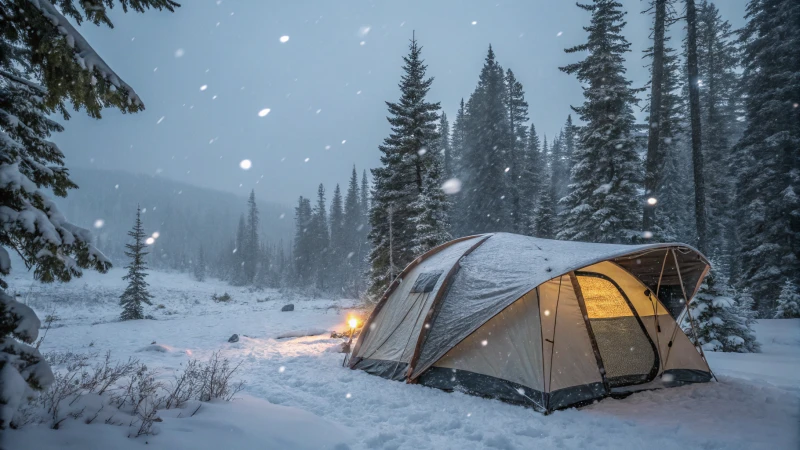
Understanding Snow Load Distribution
I still remember my first winter camping trip when I underestimated the power of snow. Watching my tent buckle under the weight was a wake-up call. That’s when I discovered snow guards, which are designed to manage snow accumulation on tent roofs. They distribute the weight evenly, minimizing pressure on any single point, which is key in preventing damage or collapse.
| Feature | Benefit |
|---|---|
| Even Weight Distribution | Reduces stress on tent structure |
| Prevents Snow Accumulation | Maintains roof integrity |
| Durable Materials | Withstands harsh weather conditions |
This system5 is especially vital for large tents used in industrial or event settings, where structural failure can result in significant damage.
Types of Snow Guards and Installation
After that initial mishap, I dove deep into understanding the various types of snow guards. There’s a real sense of security in knowing which type best suits your setup. Pad-style guards are great for tents with flexible roofs, and bar-style guards work wonders for more rigid structures.
- Pad-Style Guards: These attach directly to the tent fabric, offering both flexibility and ease of installation. Perfect for temporary setups, like when you’re on the go.
- Bar-Style Guards: These span the width of the roof, providing superior support for permanent or semi-permanent tents.
When choosing snow guards, consider factors like tent material6 and expected snow load. Proper installation is crucial to ensure effectiveness and prevent damage.
Enhancing Stability Through Maintenance
I’ve learned that regular maintenance is key to ensuring that snow guards function optimally. It’s become a bit of a ritual for me—inspecting them before and after each winter season to check for signs of wear or damage. Replacing any compromised parts can prevent potential failures and save a lot of headaches.
- Inspection Checklist:
- Check for rust or corrosion on metal components.
- Ensure all guards are securely attached.
- Remove any debris or snow buildup from previous seasons.
By maintaining your tent’s snow protection system7, you can extend its lifespan and ensure safety during harsh winter conditions. These practices have not only kept my tent standing but have also given me peace of mind, knowing I’m prepared for whatever winter throws my way.
Snow guards are only used for temporary tents.False
Snow guards are used for both temporary and permanent tents to enhance stability.
Bar-style guards offer superior support for rigid structures.True
Bar-style guards are designed to provide strong support for rigid tent structures.
How can you reinforce industrial tents against harsh weather?
I remember the first time a snowstorm hit after I’d just set up a new industrial tent. The anxiety of watching the snow pile up on the roof was real. But with a few smart reinforcements, I turned that stress into peace of mind.
To make industrial tents more resilient, I always rely on cross cables, extra bracing, snow load bars, and secure anchoring. These enhancements ensure even weight distribution, boost stability, and help prevent collapse, especially under challenging conditions.
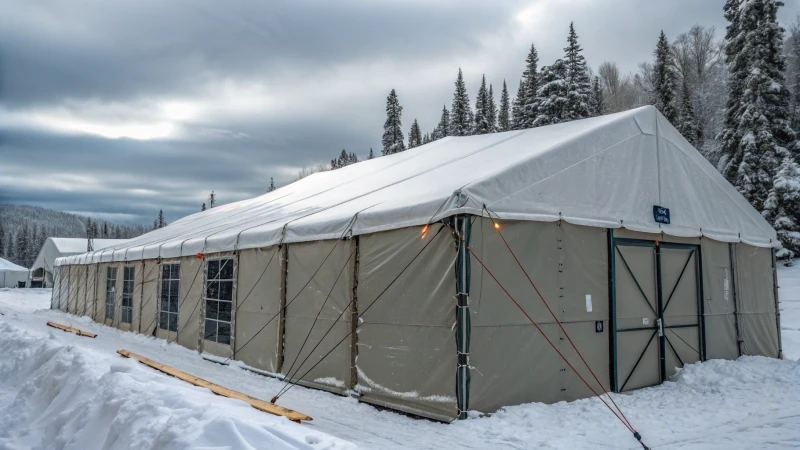
Cross Cables and Additional Bracing
When I first heard about cross cables, I was skeptical. But once I tried them, I realized how they effectively reduce lateral movement, especially during those unexpectedly strong winds. They anchor the tent firmly, making it feel like it’s part of the ground itself. Adding extra bracing is like giving your tent a sturdy backbone, reinforcing those weak spots that you might not notice until it’s too late.
| Reinforcement Technique | Benefits |
|---|---|
| Cross Cables | Reduces lateral movement |
| Additional Bracing | Strengthens weak points |
Snow Load Bars
I used to dread heavy snowfalls, watching each flake as it landed and accumulated on the tent. Snow load bars were a game-changer for me. They distribute the weight evenly across the structure, which is crucial when you’re dealing with frequent snowstorms. My tip? Make sure these bars are evenly spaced to avoid any weak points. And yes, regular checks are a must to keep everything in top shape.
- Installation Tip: Ensure bars are evenly spaced to maximize weight distribution. Regular checks and maintenance can prevent potential failure.
Proper Anchoring
Anchoring seems straightforward, but I learned the hard way that it’s not one-size-fits-all. Whether I’m using stakes for softer grounds or bolts for concrete surfaces, each choice depends on where I’m setting up. Specialized anchors have been my go-to for tricky soil conditions, offering the stability needed to withstand unpredictable weather changes.
| Anchoring Method | Suitable for |
|---|---|
| Stakes | Soft ground or grass areas |
| Bolts | Hard surfaces like concrete |
| Specialized Anchors | Variable soil conditions |
By incorporating these reinforcement techniques, I’ve found that my tents stand strong no matter what Mother Nature throws at them. Each strategy addresses specific environmental challenges, making them versatile solutions for any situation.
Cross cables reduce lateral movement in structures.True
Cross cables add stability by minimizing side-to-side movement in tents.
Snow load bars are unnecessary in regions with heavy snowfall.False
Snow load bars prevent structural collapse by distributing snow weight evenly.
What Are Some Alternative Methods for Snow Management?
Snow days can be fun until you’re buried under a foot of it! Finding smarter ways to tackle snow can save time and effort, especially if you’re not a fan of the shovel.
Yes, there are alternative snow management methods like heated driveways, eco-friendly deicers, snow-melting mats, and even drones. These solutions aim to reduce manual effort and environmental impact, making winter maintenance more efficient.
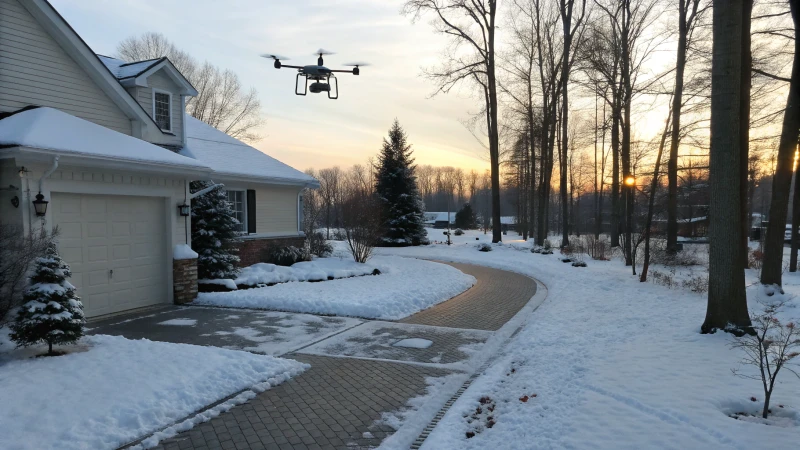
Heated Driveways
When I first heard about heated driveways, it felt like a dream come true. Imagine never having to shovel again! These systems cleverly use electric or hydronic technology beneath the surface to melt snow as it falls. It reminds me of those cozy heated floors in fancy bathrooms—except this is for your car’s red carpet welcome! They can kick in automatically, which is a huge bonus when I forget to keep an eye on the weather forecast. Plus, pairing them with smart controls means they won’t send my energy bill skyrocketing.
Eco-Friendly Deicers
Then there’s the eco-friendly deicers. I remember being at a friend’s place last winter and stepping out onto their driveway without slipping. She mentioned they used a beet juice blend instead of salt. Not only did it save me from an embarrassing fall, but it’s also kinder to the environment. Traditional deicers can be brutal on plants and metal, so finding biodegradable options like calcium magnesium acetate feels like a win-win for both me and Mother Nature.
| Deicer Type | Environmental Impact | Effectiveness |
|---|---|---|
| Beet Juice Blends | Low | High |
| Calcium Magnesium Acetate | Very Low | Moderate |
Explore more on eco-friendly deicers8.
Snow-Melting Mats
The concept of snow-melting mats is another game-changer. These portable mats can be rolled out on sidewalks or driveways and plugged in during snowy days. It’s like having a personal snow removal crew on standby. I found them especially handy around entrances where shoveling is tricky.
Drones for Snow Clearance
And who would’ve thought drones could join the snow battle? They’re still pretty new but show promise in clearing areas that are hard to reach, like rooftops. I’m intrigued by how they could transform a tedious chore into something out of a sci-fi movie.
Explore more innovative solutions on drones in snow management9.
Heated driveways can be automated to activate during snowfall.True
Heated driveways use smart controls to automatically melt snow.
Traditional salt-based deicers are biodegradable and eco-friendly.False
Salt-based deicers harm the environment, unlike eco-friendly alternatives.
Conclusion
To protect industrial tents in snowy weather, regularly clear snow, reinforce structures with supports and snow guards, and use durable materials to ensure safety and longevity.
-
Exploring this link provides insights into effective waterproofing treatments, ensuring your tent remains dry in snow and rain. ↩
-
Discover why aluminum poles are superior for winter tents by exploring their durability and performance. ↩
-
This link offers a deep dive into breathable materials, aiding in moisture management inside your tent. ↩
-
Learn about essential tent features that enhance comfort and safety during winter camping adventures. ↩
-
Discover various snow guard designs to choose the best fit for your tent setup. ↩
-
Learn about materials that offer durability and efficiency in snow guard construction. ↩
-
Find out how regular maintenance enhances snow guard performance and tent stability. ↩
-
Discover how eco-friendly deicers minimize environmental damage while effectively managing snow and ice. ↩
-
Learn about innovative drone technology that offers efficient and less labor-intensive snow clearance methods. ↩


